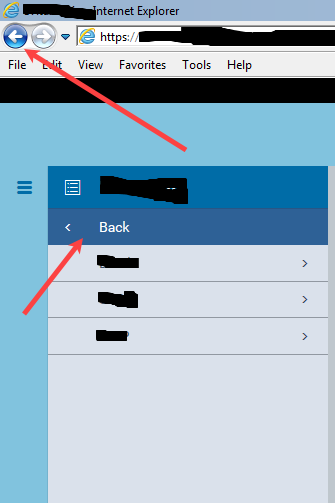
A well designed content also leads to better user experience for people without disabilities so designing for cognitive impairments result in better design for any user. Cognitive ImpairmentsĬognitive impairments have a wider range that includes people with learning disabilities, depression and dyslexia. Assistive technologies like a head pointer is a device to interact with a screen whereas keyboard or a trackpad remain as solutions for people who are not able to utilize a mouse. People with mobility impairments have disabilities related to movement due to loss of a limb, paralysis or other varying reasons. Common implementation is providing textual alternatives, transcripts and captions for content with audio. People with hearing impairments use assistive devices however it may not be enough when interacting with a web page.

Finally, when it comes to the mostly used desktop/laptop browser / screen reader combinations, the survey provides. Hearing Impairmentsĭeafness or hearing loss refers to the inability to hear sounds totally or partially. One of the best accessibility aids a screen reader user can have is an excellent content structure with headings, paragraphs, lists, etc. Regarding the question, which browser is used with the users desktop/laptop primary screen reader, the survey results show that Chrome (44.4), FF (27.4) are the prevailing browsers, followed by IE 11 (10.9) and Safari (9.8). Popular readers are NVDA, JAWS and ChromeVox. Screen magnifiers and the color blind mode are usually built-in features of the browsers whereas for people who rely on screen readers, page developers are required to make sure content is readable by the readers. There four main categories Visual Impairmentsīlindness, low-level vision or color blindness are the common types of visual impairments. Types of disabilities are diverse so you need to know your audience well and how they interact with the content created.

As a result, accessibility features in any context such as a ramp for wheelchair users or a multimedia with captions are crucial to ensure content can be consumed by anyone.

This work has been completed for PrimeVue as the reference implementation and it will be ported to PrimeNG in Q2 2023.Īccording to the World Health Organization, 15% of the world population has a disability to some degree. This guide documents the foundation of the general guidelines that PrimeNG will follow and each component documentation will have a separate Accessibility section that states the keyboard support, screen reader compatibility, the implementation details along with tips to achieve WCAG compliancy. Read Aloud uses text-to-speech (TTS) technology to convert webpage text to audio. PrimeTek teams have initiated a significant process to review and enhance the accessibility features of the components. Accessibility is a major concern of the Prime UI libraries and PrimeNG is no exception.


 0 kommentar(er)
0 kommentar(er)
